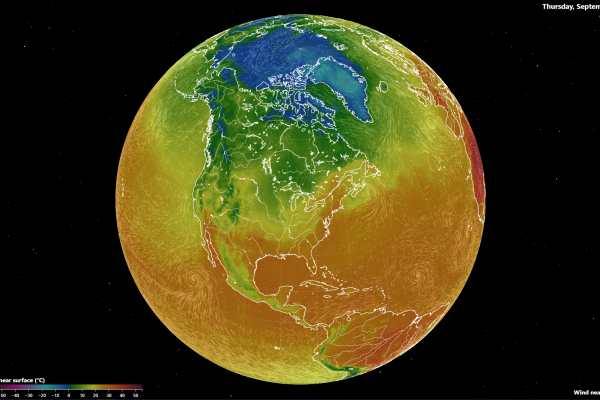
Title: Introduction to UCAR/NCAR and GNSS Radio Occultation Sensing of the Neutral Atmosphere and Ionosphere at the COSMIC Data Analysis and Archive Center
Abstract: We begin with a brief introduction to the University Corporation for Atmospheric Research and National Center for Atmospheric Research located in Boulder, Colorado. The technical portion of the presentation describes various aspects of the Constellation Observing System for Meteorology, Ionosphere, and Climate (COSMIC) Data Analysis and Archive Center (CDAAC). The CDAAC is an end-to-end processing and analysis system for ground- and space-based Global Navigation Satellite System (GNSS) measurement data focusing on radio occultation applications to weather, space weather, and climate. We process data and publish products in near-real-time and post-processing modes from satellite missions including COSMIC-1, COSMIC-2, KOMPSAT-5, PAZ, PlanetIQ, Spire, and several others. We provide a brief overview of the measurement techniques, CDAAC system and history, summarize the status of mission processing, give metrics for neutral atmosphere and ionosphere product data quantity and quality. We also discuss impacts on global numerical weather prediction and tropical cyclone prediction. We then highlight several recent developments. For the neutral atmosphere, these include super-refraction detection and duct height estimation for COSMIC-2, processing of BeiDou GNSS occultations, and observation error estimates based on the three-cornered hat method. For the ionosphere, we present absolute total electron content and electron density validation for COSMIC-2 and commercial missions, characterize scintillation amplitude and phase indices, progress geolocating scintillation events, and estimation of thermosphere density from COSMIC-2 precise orbit determination solutions. To conclude, we discuss plans for upcoming data products for the operations and science communities.
For hybrid attendance, please email bertolo.7@osu.edu
